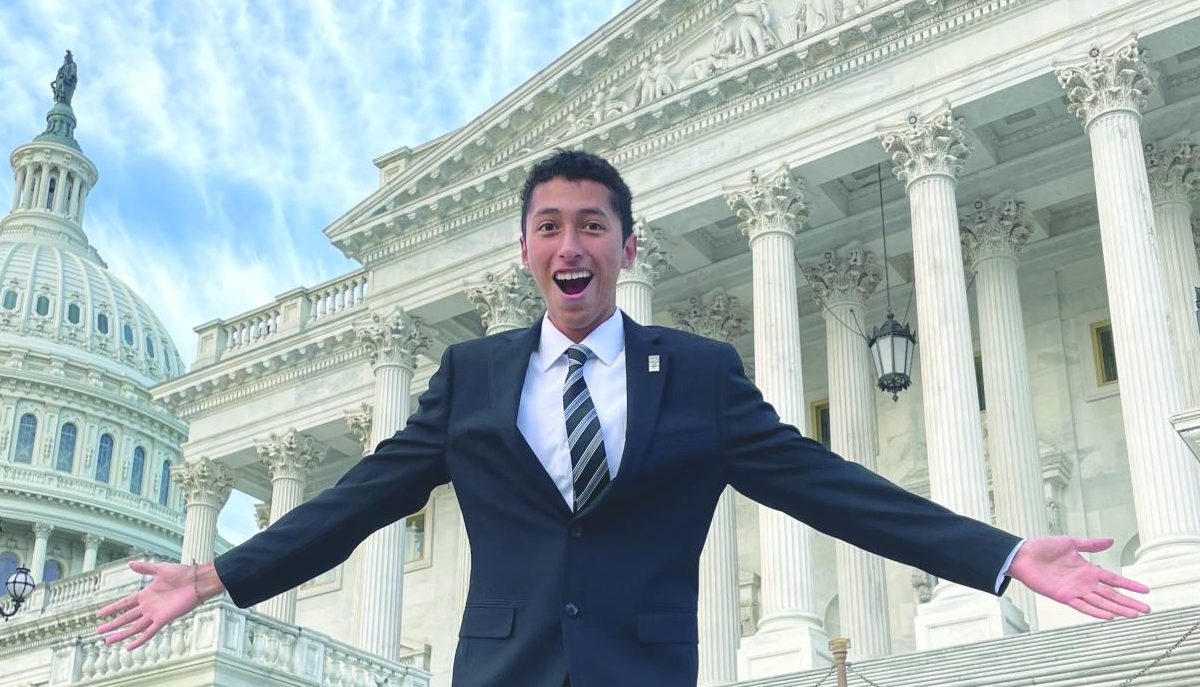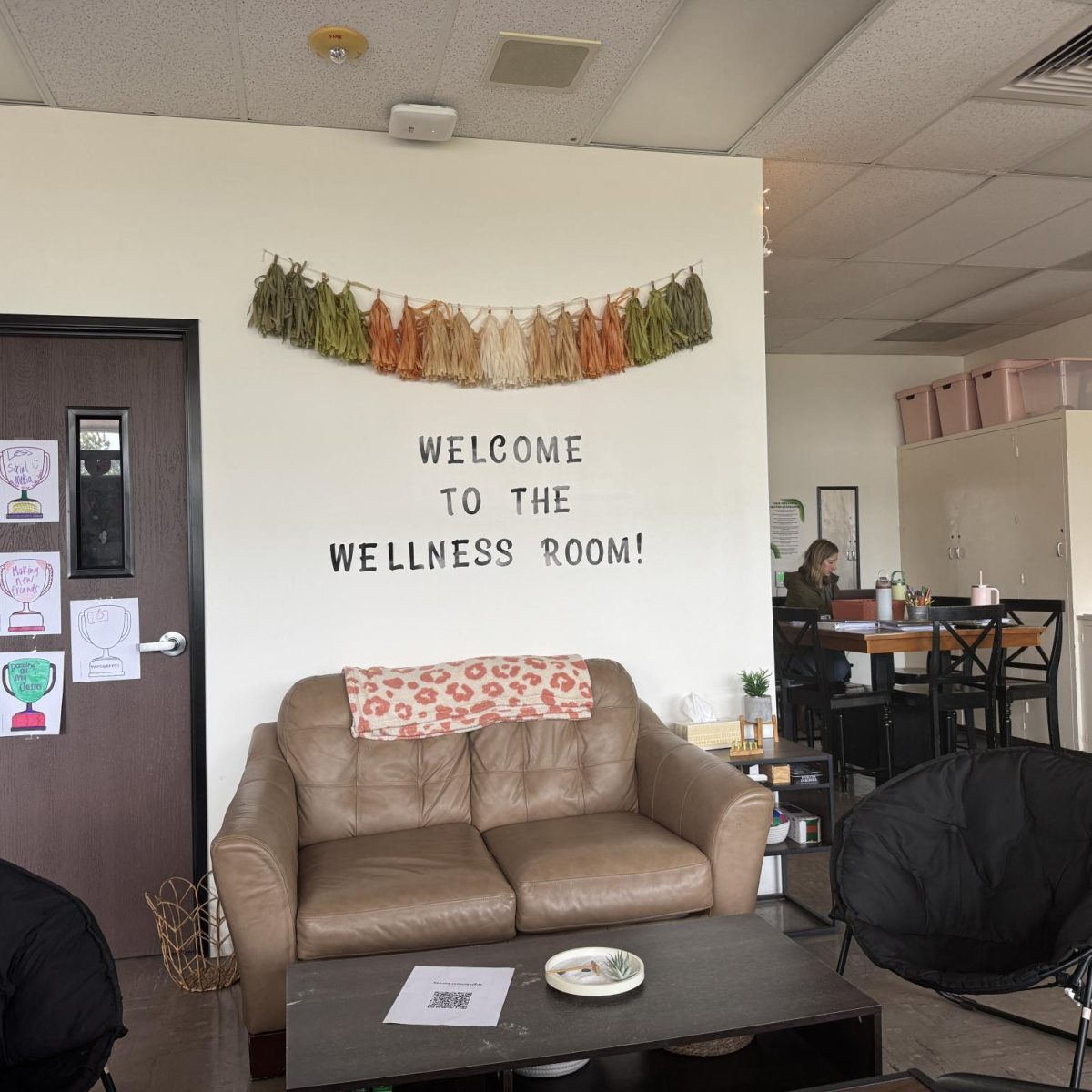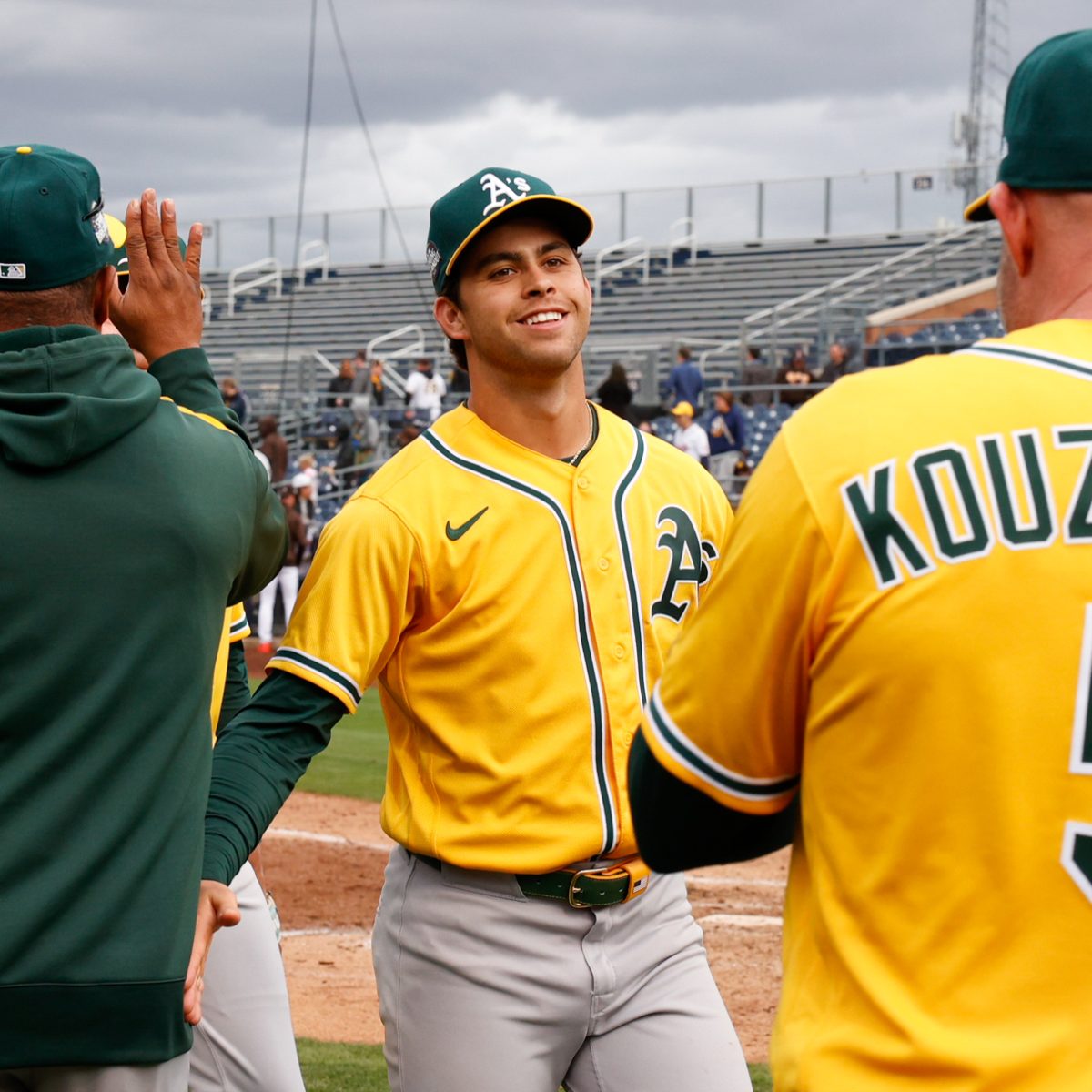It was finally over.
The bell gave its shrieking cry and off went hundreds of students to enjoy their freedom, at least for a moment.
For one student, it was short-lived.
Ramon Moreno was once more inside an intimidating classroom known infamously as E8 during his nutrition break, observing and experimenting with expensive yeast samples, only to find a major disturbance in his equipment that could have very well destroyed his research.
The dreaded “uh oh” moment had finally come.
At stake for Moreno: thousands of dollars, nationwide recognition, and, most importantly, a chance to impact science before his 18th birthday.
Moreno’s yeast samples needed the support of the cold, isolated incubator and tempo-steady shaker to keep them alive. Ideally, yeast is incubated at 30 degrees Celsius and kept on a shaker.
But, with the incubator off and the shaker taking a long overdue break, the potential for error was high. The only things surrounding Moreno? Empty tables and the comforting presence of friendly pipettes, test tubes and probing devices.
Moreno was at a fork in the road, with a choice to make: restart his project from scratch or continue, hoping that his endless hours of research and study could be rescued.
“Ultimately, I turned it on, let it grow another night, and kept going,” he said.
This decision would ultimately lead him to become the first AP Research student at TO to reach the top 40 in the Regeneron Science Talent Search competition, earning him a trip to Washington DC and a cash prize totaling $27,000.
The Center for Advanced Studies and Research is a prestigious capstone program, designed to give students the opportunity to receive hands-on experience with research at an advanced level. It gives achieving students the ability to prepare for their research through mentors and advanced classes like AP Seminar and AP Research.
Aside from personalized support, every student in STEM is under the guidance of Dr. Nikki Malhotra, one of the AP Research teachers who helped start the program. The Center credits her for much of what it is today.
“AP research is a rigorous course which is a daughter or son of the class known as scientific research,” Malhotra said.
Center students undergo a year-long process to complete a capstone project. To divide and lessen the workload, Malhotra meets with students every month to discuss next steps of their projects. One of those important details is the research question itself.
Moreno’s question moved Malhotra.
“His question was well-written, and we didn’t have to refine it a lot,” she said.
During their junior years, AP Research students are tasked with finding at least one mentor who specializes in the student’s topic of research.
Moreno had three, including Dr. Jessica Smith, a researcher at the National Institute on Aging.
“In his email, Ramon told me he had read my research, he had read other research on yeast, [and he was] a little informed but he still had plenty of questions,” Smith said. “He really clearly said, ‘This looks cool, I would like to involve you in it.’ [But] he was the driving force in this research. He was the one working toward the goal himself.”
Through Zoom, Moreno and Smith met regularly to discuss the reality of Moreno’s project timeline, how to access yeast and how to determine if certain experiments were even doable.
Unlike most graduate students that Dr. Smith mentored who had roughly 40-50 hours a week to work on research, Moreno only had a designated hour or so per day to work on his project, followed by his academic and athletic responsibilities as a runner for the TO track and cross country teams. Being her first high-school student mentee, Dr. Smith had many kudos to share.
“He is just amazing, so driven, he does so much, he balances things so well, and just the ability that he is demonstrating in this Regeneration Talent Search competition and all the stuff he has done for his AP research class — it’s amazing.” she said. “ I would say he is one of the best students I have ever mentored.”
Moreno’s exceptional project on the influence of isonicotinamide on the chronological lifespan of saccharomyces cerevisiae strains not only earned him accolades from his mentor but also showcased his dedication to pushing the boundaries of scientific inquiry. The Regeneron Science Talent Search (Regeneron STS), known for attracting the brightest minds in both mathematics and science, recognized him as a standout participant from an applicant pool of approximately 2,162 applications from 712 high schools across 46 states. It granted him a trip to Washington for the Regeneron STS competition; not only was this an opportunity of a lifetime but it was one in which Moreno would finally be able to meet his mentor.
“Throughout the whole experience, it was a great motivation for me to know someone was not just doing this to look good but that there was someone who actually believed in me,” Moreno said.
In an unfamiliar state far from home, Moreno was able to find comfort in a familiar face, especially with the week-long activities the Regeneron STS Competition offered.
The Regeneron STS Competition Washington trip consisted of panel judging, project judging, public days and a tour of the nation’s capital.
Panel-judging focused on checking the student’s understanding of science in general. This was one of the hardest moments of the competition — PhD level professionals in their field of study would ask abstract questions in face-to-face interview increments.
“They would come up to you and ask you weird questions like what are the properties of water, and they would bring out slime and ask you if it was a solid or liquid,” Moreno said. “They wanted to know your way of reasoning even if you didn’t really know. The most memorable one was the Legos. I was given five 2-by-1 Legos and was told to make a human. I had like five minutes, but I didn’t get it.”
Following two days of panel judging was project judging. If something seemed incorrect, this is the moment where all judgment was assessed.
“My actual poster was outdated; I remembered that there was something incorrect on my board so I had my computer out with the actual correct information and one of the judges asked me, ‘Why isn’t this on your poster?’ And all I could think was ‘Oh, because I was actually working on it last night,’ but I didn’t say that of course,” Moreno said, laughing away any embarrassment he might’ve had in that moment. “They just wanted to know your knowledge on your topic, and I think my hands-on experience with my research really helped me.”
Throughout the competition, dinner and breakfast events were held often. At each event, contestants were given the opportunity to sit side-by-side with scientists working at Regeneron or board members of Society of Science.
“At most dinners, they tried to have us sit next to scientists who were somewhat related to the projects we did, so that we could ask genuine questions,” he said “A lot of them were really nice, and I got to eat this really scary fancy food. Their salads were like a chunk of lettuce not cut up or anything with ranch dressing on top.”
The Regeneron STS competition essentially has four terminating rounds. It started with initial applicants that consist roughly of over 2,000 applicants, and from those applicants, the top 300 are chosen. In the second round, the top 40 from around the country were selected and granted $25,000. From the top 40, only 10 progressed to the finals and from there the top three were awarded amounts of money ranging from $150,000 to $250,000 dollars for educational purposes.
Although Moreno knew what he was signing up for, he did not expect to meet the kindness of other competitors.
“Some people already knew each other,” Moreno said. “I thought they would be really introverted, really scary. If anything, really I was an introvert.”
He found that, like him, they too had projects they were passionate and serious about. And for Moreno, that was a focus on aging. He believes aging is the future and a problem that needs to be recognized by the public.
“Aging is the greatest risk factor for disease, so as you age you become more vulnerable to diseases like cancer, Parkinson’s and Alzheimer’s,” Moreno said. “The line of reasoning is [if] instead of targeting these diseases, we can focus on aging and ways we can make ourselves healthy for longer, we can reduce the risk for these diseases.”
As people age they become more reliant on big pharmaceutical companies that can sometimes be inaccessible to the average person. If people were healthier, society wouldn’t have to be slaves to medicine. This was the core argument behind Moreno’s research.
“Every time I would talk about my project, the more mature audiences always seemed really excited,” Moreno said. “I went to [Meadow Arts and Technology Elementary School] for a field trip to talk about my project, and this one lady was really hyped about it. She took a picture of my project with her kid. It’s really wholesome and encouraging seeing strangers actually believe in what I’m doing.”
However, it wasn’t always like this.
Like many seniors who spent their freshman year on zoom, he first heard about The Center through an email and later a call from one of the AP seminar teachers.
“It’s a funny story,” Moreno said. “I didn’t know what The Center was. I received the email, and not too long after that, Mr. Haar had called my house to talk to me and was trying to recruit people and said ‘Hey, are you interested in doing The Center?’ After he explained what it was, I said ‘No.’”
As a freshman starting to find a standing in school and life in general, Moreno believed it would be best to prioritize other responsibilities he was just beginning to take on.
“I was just starting to volunteer at the Westminster Clinic and track, but [Mr. Haar] wouldn’t take no for an answer,” Moreno said. “After the call, he put me in a group chat with other students doing The Center, and they were the ones who finally talked me into applying,” Moreno said.
Now, almost three years later from that exact moment, Moreno doubles as the president of the Environmental Club and shines as a student-athlete track star. A well-rounded academic weapon: Smart. Influential. Athletic. Even under the stress of his research project, he managed not to crumble.
“It was a little difficult to balance work,” Moreno said. “I had to skip practice a lot and sacrifice lunches, but at the end of the day I knew what I was doing was beneficial for not only me but the community as well and that made it worth it.”
Months, days, hours dedicated solely on his work has all led up to the moment where the unpredicted becomes reality.
“I never thought I’d make it this far,” Moreno said. “It’s crazy how far I got with little experience.”
As Ramon follows the obscure path that is life, he keeps all his doors open feeling some stability under the roof of science.
“I mean who knows,” Moreno said. “Maybe I’ll end up hating aging in the next three months?”






